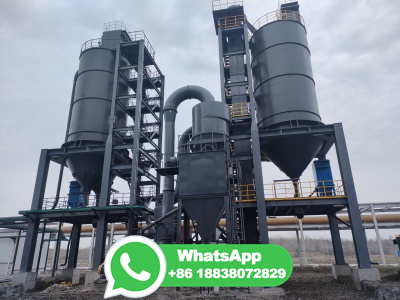PDF ENERGIRON Direct Reduction Technology Economical, Flexible ... Tenova
For the production of high quality DRI, 94% metallization, % carbon and discharged at 700°C, the thermal energy consumption is only Gcal/t DRI as natural gas and just 60 to 80 kWh/ton DRI as electricity, with a remarkable low iron ore consumption of to t/t DRI, mainly due to high operating pressure.




























![[Exploring Hydrogen with POSCO #3] The Future of Steel — Hydrogenbased ...](/c4lb06x/120.jpg)








